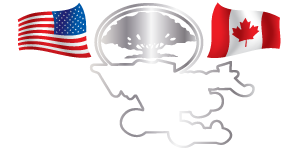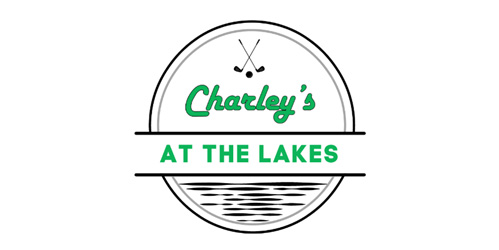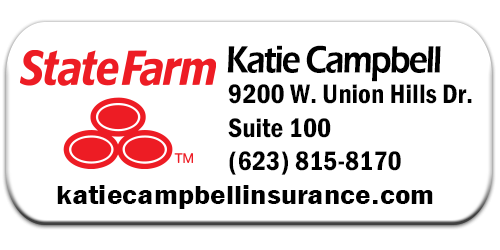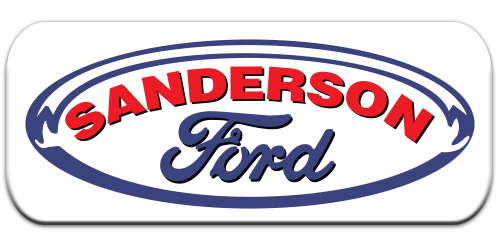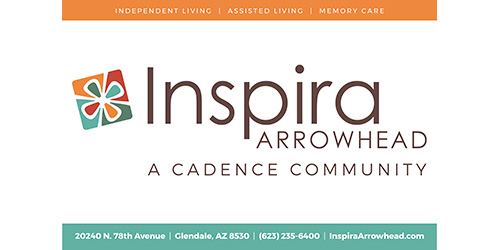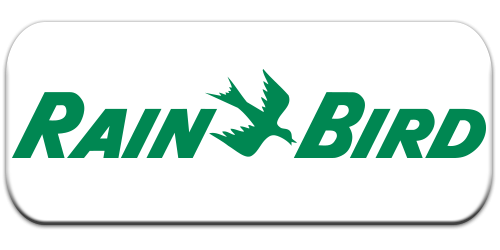President's Story on Turf/Grass
President’s Story about Turf!
- Vistas Green Aerification Video Update (7/4)
- Summer Transition and Aerification (6/20)
- Summer Transition Update (5/29)
The game of golf is different from many other sports because each golf course is different, all the way down to the grass. Being a well-rounded golfer means knowing how to work with different types of golf course grasses. Bermuda, Ryegrass, Poa Annua and Bentgrass all play differently and require specific maintenance processes and schedules. Not all grass types can be found in every part of the country, as certain grass types prefer hot and humid weather, while other grass types prefer cooler conditions. This article will focus on the different fairway grasses used in the Southwest.


The Lakes GC fairways are Common Bermuda. Our Vistas GC is Common Bermuda with a twist. The twist is of unknown growth and even our USGA agronomist cannot positively identify its uniqueness.
Perennial Ryegrass is used in the transition from Bermuda in the summer to Rye in the winter and is used on both courses during that time.
So let’s talk Bermuda. This is an exceptional heat and drought tolerant grass. Bermuda is ideal for hotter temperatures. It can be mowed nice and low for those tight lies and last longer before it needs another cut. It has the capacity to withstand heavy use and recuperate quickly. However, it isn’t resilient to cold weather and begins to lose color as it goes dormant from the cold.
Bermuda grass flourishes in sites with full, direct sun and good drainage (think aerification and dethatching). It has the fastest growth rate among warm-season grasses. It spreads by both above-ground stems known as stolons and below-ground stems called rhizomes. Mowing heights with Common Bermuda have an impact on look and feel. Because the stolons SPREAD and lay relatively flat as they do that, too high a cut makes the look and feel less desirable. Too high in the roughs slows down pace of play as golfers have to spend more time searching for the ball that has fallen in the grass trap. It also becomes a bit dangerous for our old wrists as we try to exit from its depth.
Many courses in the Valley use another popular hybrid Bermuda grass called Tifway 419. That is the strip you see across fairway #18 Lakes GC.
This is a deep green Bermuda grass with a fine texture. It can handle mowing heights of ½” to 1 ½” . It has excellent weed and disease resistance and is a superior turf for fairways, tees, athletic fields and home lawns. When cut at ¾” to 1 ½ “, it tolerates more wear and better resists weed invasion. It is more resilient in winter months when the grass is dormant. And before you ask, to replace our Common Bermuda with Tifway 419 would be quite expensive and require the course to be closed 6-7 months . And unfortunately it is not possible to make Common Bermuda look like Tifway 419. By way of example, Pebble Creek and Sun City Grand both use Tifway 419 in their fairways.
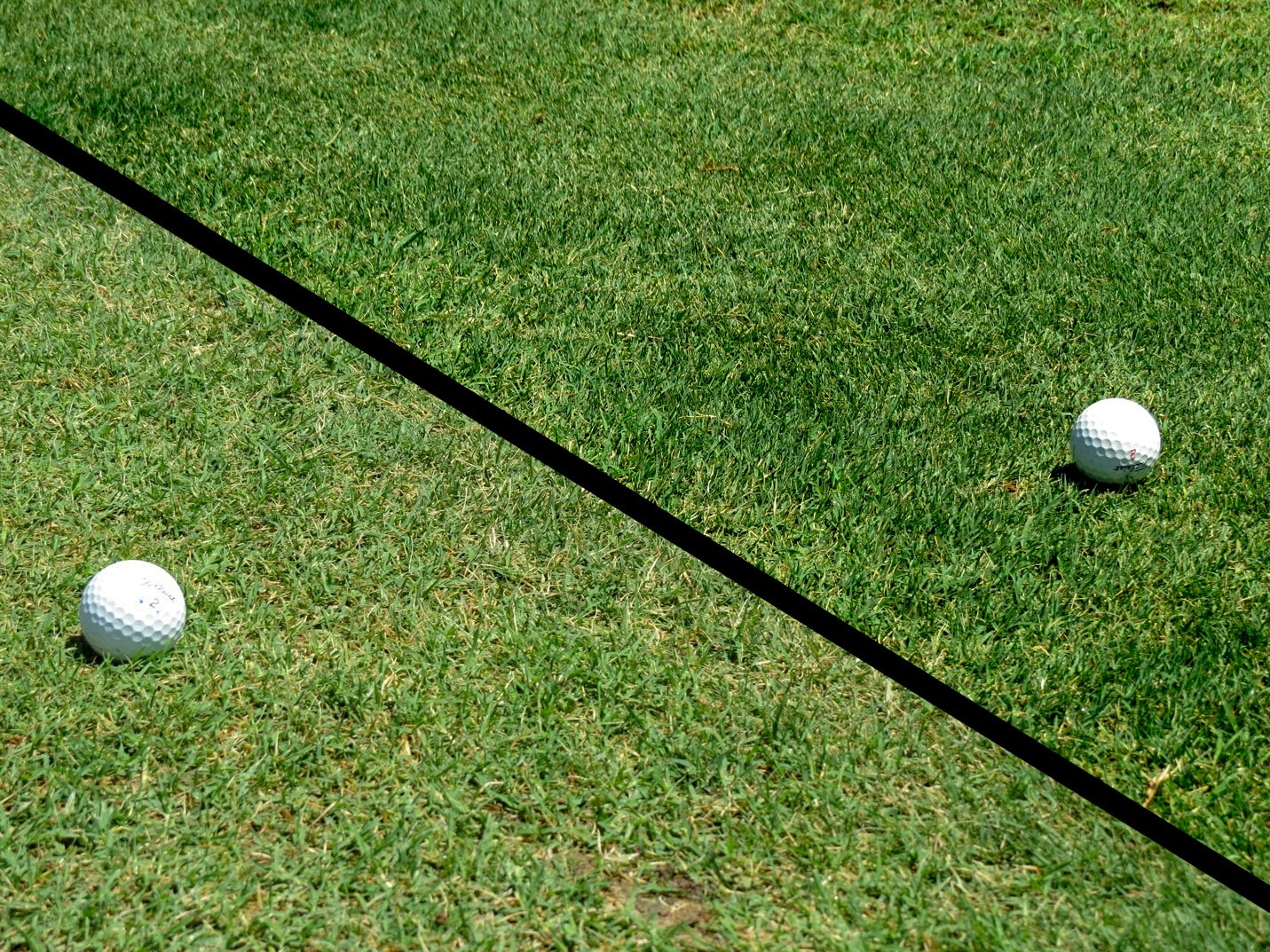 The ball on the left is on our Common Bermuda and the ball on the right is sitting up on the Tifway 419. Bermuda spreads sideways unto itself and Tifway 419 is darker green in color with a dense medium to low growth habit.
The ball on the left is on our Common Bermuda and the ball on the right is sitting up on the Tifway 419. Bermuda spreads sideways unto itself and Tifway 419 is darker green in color with a dense medium to low growth habit.Summer Transition is an ugly time for golfers and a nightmare for Superintendents. David and Jose evaluate thatch level, sand level, compaction, water usage, root structures, and mowing height to prep the course for the 110+ weather months that lie ahead and the October Overseed. The better the Summer Transition, the better the Overseed potential.
When you think about this Overseed process, it is a bit crazy. We seed up with Rye Grass in October just before the Bermuda Grass goes into its dormant stage due to the cool weather. Then in March, we start killing out the Rye Grass so we can get the Bermuda thick and strong during the summer and healthy enough to do the same thing again next year. Grow, kill, care, seed, and repeat. And then Mother Nature either helps, delays or hinders the process.
So what are the best heights for fairway and rough? I spent many hours researching these topics and have regular meetings with David to get educated on what we do here and why. Finding the Right Fairway Height, by USGA, is a great read that addresses the height that delivers both the desired playability and healthy turf. So if you want to know the answer, click here and read away.
https://www.usga.org/course-care/forethegolfer/2019/finding-the-right-fairway-height.html
Here are eleven neighboring golf courses you might visit and the fairway and greens grasses used there. We will dedicate a separate email about the grass on greens. For that is a “whole nuther” story!
- Sun City CC: Fairways are Common Bermuda and Greens are 328
- Arrowhead CC: Fairways are Common Bermuda and Greens are Champion
- Coyote Lakes: Fairways and Greens are Santa Ana Bermuda
- Briarwood: Fairways are Common Bermuda and Greens Tifdwarf
- Desert Springs: Fairways and Greens are 328
- Cimarron GC: Fairways are Tifway 419 and Greens are PD102
- Granite Falls N and S: Fairways are Tifway 419 and Greens are PD102
- Union Hills CC: Fairways are Common Bermuda and Weeds (their words not ours) and Greens are Tifdwarf and 328 mix.
- Tuscany Falls West Fairway Tifway 419 and Greens are Tifdwarf
- Tuscany Falls East Fairways Tifway 319 and Greens are Tifdwarf
- Eagles Nest Fairways Tifway 419 and Greens are Mini Verde (Under construction)
- Vistas Course Fairways Unknown Common Bermuda Hybrid and Greens are 328
- Lakes Course Fairways are Common Bermuda and Greens are Tifdwarf
Respectfully,
Jill Riedel, President
